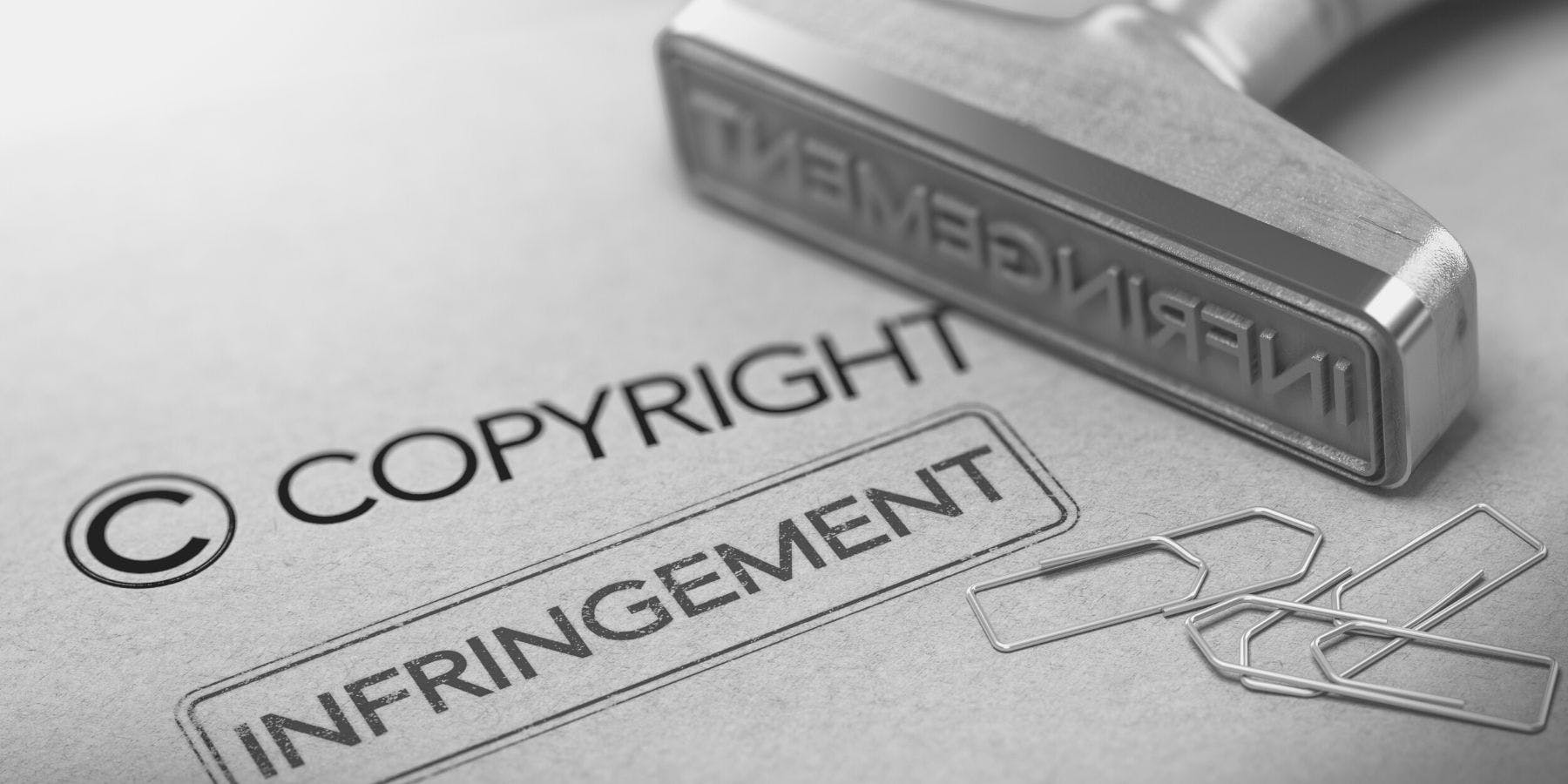Global criticism mounts against predatory mass-email operations demanding $500+ per image worth a fraction of that amount
Website owners across the globe are increasingly finding themselves targets of aggressive copyright enforcement campaigns, with companies like Copyright Agent Services in Copenhagen and Visual Rights Group leading controversial mass email operations that critics describe as nothing less than copyright trolling.
These operations are not isolated incidents—they represent a booming industry. Instead of protecting artists or promoting creativity, trolls issue mass-produced emails, inflate claims, and intimidate publishers into paying disproportionate settlements for images worth a fraction of the demanded amount.
Editor’s note: This story represents the reporting of the author of the story. The author is not affiliated with HackerNoon staff and wrote this story on their own. The HackerNoon editorial team has only verified the story for grammatical accuracy and does not condone/condemn any of the claims contained herein. #DYOR
A Business Model of Fear and Intimidation
The mechanics are always the same:
-
Automated scanning systems crawl the internet for “infringements.”
-
Targets—often small publishers, bloggers, or local businesses—receive a templated letter.
-
The letter accuses them of unauthorized use and demands $500–$2,000 per image.
-
Legal threats and “settlement deadlines” are used to pressure recipients into paying.
The problem isn’t simply that the demands are high. It’s that the demanded sums bear no relation to reality. Images that could be legitimately licensed for as little as $10–$50 are suddenly valued at 10–50 times that amount.
It is a business model built on fear, not fairness.
Trolls Thrive on Exploiting Copyright Law
The Electronic Frontier Foundation describes copyright trolls as groups that “try to grow businesses out of suing Internet users.” Their tactics include:
-
Targeting anonymous “Doe defendants”: filing lawsuits against large groups of unnamed individuals to minimize costs and create pressure.
-
Leveraging extreme statutory damages: U.S. law allows damages up to $150,000 per work infringed, even when the actual market harm is negligible.
-
Forcing quick settlements: defendants often settle to avoid the astronomical risk of litigation.
In other words, trolls exploit copyright’s most extreme provisions—not to protect creativity, but to weaponise the law as a cash collection tool.
The Troll’s Place in Copyright Law
Legal scholars have noted that, unlike creators, distributors, or genuine copyright holders, the troll exists solely in the enforcement market.
A copyright troll:
- Acquires rights in works not to use or distribute them, but solely to enforce infringement claims.
- Specialises in monitoring, tracking, and threatening litigation.
- Operates entirely outside the traditional copyright ecosystem of creation and innovation.
And here’s the kicker: the troll’s model is usually fully compliant with copyright law. Courts often struggle to curb trolls because their claims technically follow the “letter of the law,” even while they distort its purpose.
This reveals the deeper tension: copyright law is meant to incentivise creativity. But trolls disrupt the natural balance in which some infringements are tolerated or overlooked—what scholars call a “breathing space” that allows the system to function pragmatically.
By aggressively enforcing even trivial claims, trolls destabilise this equilibrium, pushing copyright law into an arena of pure exploitation.
From Patent Trolls to Copyright Trolls
The term “troll” originated in patent law. A patent troll is a non-practicing entity that doesn’t build or use inventions, but merely sues others for using them—the proverbial “dog in the manger.”
During a U.S. Supreme Court hearing, even a Justice joked about trolls being “scary things lying in wait under the bridge for innocent victims.”
But in copyright, the troll figure is only recently gaining attention. For years, references to copyright trolling were sparse. Only in the past decade has the phenomenon entered wider legal and policy discussions—ironically, just as copyright trolling exploded in practice.
Why It’s So Problematic
At first glance, delegating copyright enforcement to specialised entities might seem efficient. Why shouldn’t a rights-holder outsource enforcement to a company skilled in tracking infringement? Economists might even call it solving the “principal-agent problem,” aligning the incentives of the rights-owner and the enforcer.
But in reality, this “delegation” creates a perverse incentive system. Trolls don’t care about creativity, markets, or culture. They care only about maximising settlements. The result is:
-
Predatory demands disconnected from market value.
-
Chilling effects on small businesses, publishers, and individuals.
-
Erosion of trust in copyright law itself.
This weaponisation of copyright is why regulators, courts, and policymakers are now being pushed to confront the problem.
The Global Call for Reform
Lawyers, academics, and digital rights groups are warning that copyright enforcement has gone off the rails. While trolls hide behind legal compliance, their tactics clearly undermine the spirit of copyright law.
Governments are being urged to:
-
Define limits on reasonable compensation.
-
Crack down on mass-automated claims and boilerplate lawsuits.
-
Protect fair use, incidental use, and low-value infringements from disproportionate penalties.
Until reform happens, trolls will continue exploiting the system, enriching themselves at the expense of small businesses, educators, and ordinary internet users.
Conclusion: Copyright Law’s Underbelly
The story of copyright trolls is the story of how a system designed to encourage creativity has been hijacked by opportunists.
By demanding $500 for a $10 image, they expose the imbalance at the heart of copyright law: compliance with rules on paper, but blatant abuse of the law’s purpose in practice.
The “troll under the bridge” has crossed from patent law into copyright. And unless governments, courts, and citizens push back, it will continue to feast on fear, ignorance, and disproportionate damages.
What was once a niche tactic has now become a global problem—one that reveals copyright law’s ugliest underbelly.


